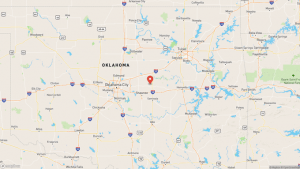A tsunami warning has been issued for parts of Alaska after an earthquake of magnitude 8.2 struck off the coast around 10.15 pm on Wednesday, US Geological Survey reported. The earthquake was followed by two strong aftershocks of magnitude 6.2 and 5.6, the report added.
“Based on all available data a tsunami may have been generated by this earthquake that could be destructive on coastal areas even far from the epicenter,” The Pacific Tsunami Warning Center said.
Also See: Fact Check: 2018 video recycled as Alaska quake clip
According to the US National Tsunami Warning Center, the vulnerable regions include South Alaska and the Alaska Peninsula, from Hinchinbrook Entrance, to Unimak Pass, and the Aleutian Islands, from Unimak Pass.
The strong earthquake and the tsunami warning triggered panic among residents. Police in the town of Kodiak asked the residents to move to high ground. A high school has been opened as an evacuation location.
The epicentre of the earthquake was 56 miles (91 kilometers) east southeast of Perryville, Alaska. At 29 miles deep (46.7 km), the quake is considered shallow.
Also Read: 208-year jail sentence over school collapse in Mexico quake
Alaska is one of the most seismically-active regions of the world as The Gulf of Alaska sits at the boundary of two large tectonic plates—the land mass sits over the North American plate, while coastal areas are over the Pacific plate.
The strongest quake to hit the region was on March 27, 1964, when tremors of magnitude 9.2 hit the Prince William Sound region of Alaska. The epicenter was about 10 km east of the mouth of College Fiord, approximately 90 km west of Valdez and 120 km east of Anchorage.
The 9.2 quake was caused by the Pacific plate jolting under the North American plate.






